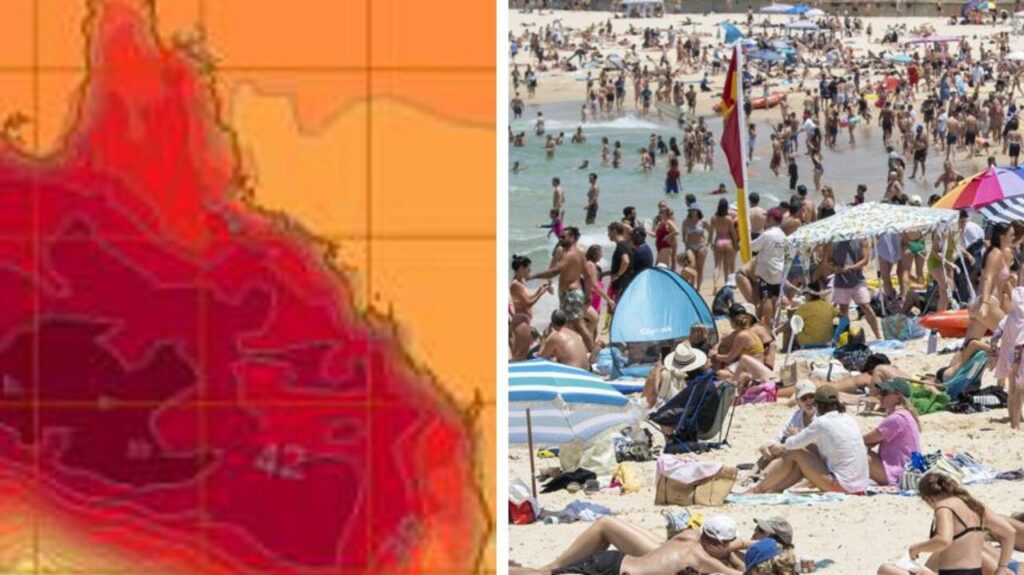Steady jobless rate dashes rate cut hopes
Written by admin on November 14, 2024
Australia’s unemployment rate has remained steady at 4.1 per cent for the third month in a row, with the country adding about 15,900 jobs to the economy in October, softer than what economists had forecast.
However the early indication that Australia’s “exceptionally resilient” labour market may be cooling will do little to sway the Reserve Bank (RBA) to cut rates this year, with economists stating it’s “all but guaranteed” it will hold rates at its December meeting.
Seasonally-adjusted monthly labour force figures released by the Australian Bureau of Statistics (ABS) on Thursday revealed Australia added 9700 full-time jobs and 6200 part time jobs month-on-month, despite predictions October would record 25,000 new jobs.
The participation rate in the jobs market decreased slightly by 0.1 per cent to 67.1 per cent, with underemployment also decreasing to 6.2 per cent.
IG analyst Tony Sycamore said Thursday’s figures indicated that while Australia’s “exceptionally resilient labour market” showed “some modest indications of cooling,” it would likely not impact the cash rate.
“While it seems improbable that this slowdown will push the unemployment rate to the RBA’s forecast of 4.3 per cent by December, it provides the central bank with the breathing room to maintain its focus on inflation and keep rates in restrictive territory into year-end, all without any significant signs of deterioration in the labour market,” he said.
Markets have currently tipped just a 10 per cent of a Christmas Eve rate cut, with a full 25 basis point rate cut not priced until August, and Mr Sycamore said today’s data “has yet to see any noticeable change to this pricing”.
BDO Economics Partner Anders Magnusson said a steady 4.1 per cent “all but guaranteed” a rate hold when it meets for the final time this year in December.
“I expect the RBA to continue with its cautionary approach of holding the cash rate until it is satisfied that underlying annual CPI inflation is sustainably within the target band of 2 to 3 per cent,” he said.
“The participation rate, a supply-side indicator in the labour market, decreased a little in October but remains historically high with strong participation from women and older Australians in particular.”
ABS head of labour statistics Bjorn Jarvis said that while employment figures continued to grow, October’s figures revealed the slowest incline in recent months.
“While employment grew in October, the 0.1 per cent increase was the slowest growth in recent months. This was lower than each of the previous six months, when employment rose by an average of 0.3 per cent per month,” he said.
“With population growth in October outpacing the small rise in employment and unemployment, the participation rate fell slightly to 67.1 per cent, while the employment-to-population ratio remained at the historical high of 64.4 per cent”.
While Labor only recently celebrated creating more than a million jobs since it came to government in 2022, Jim Chalmers said global uncertainty, 13-year high interest rates and cost-of-living pressures have resulted in a softer economy and labour market.
However he recognised families were “under the pump”.
“While our labour market has remained resilient to date and helps us confront these challenges from a position of strength, it is softening around the edges with more modest employment growth last month,” he said.
“Our focus is on easing the cost of living, getting more people into work and helping Australians earn more and keep more of what they earn, and we’re making good progress.”
The RBA has warned Australia’s labour market is expected to ease over the next few months, which will put downward pressure on wage growth and household budgets.
The central bank’s November outlook forecast the unemployment rate to rise by 0.1 per cent in the coming months, before creeping from 4.1 per cent to 4.4. per cent by June 2025.
Household wage growth was also tipped to fall from 3.6 per cent to 3.4 per cent from December 2024, and continue to track lower than previous expectations to December 2025.
Read related topics:Reserve Bank







